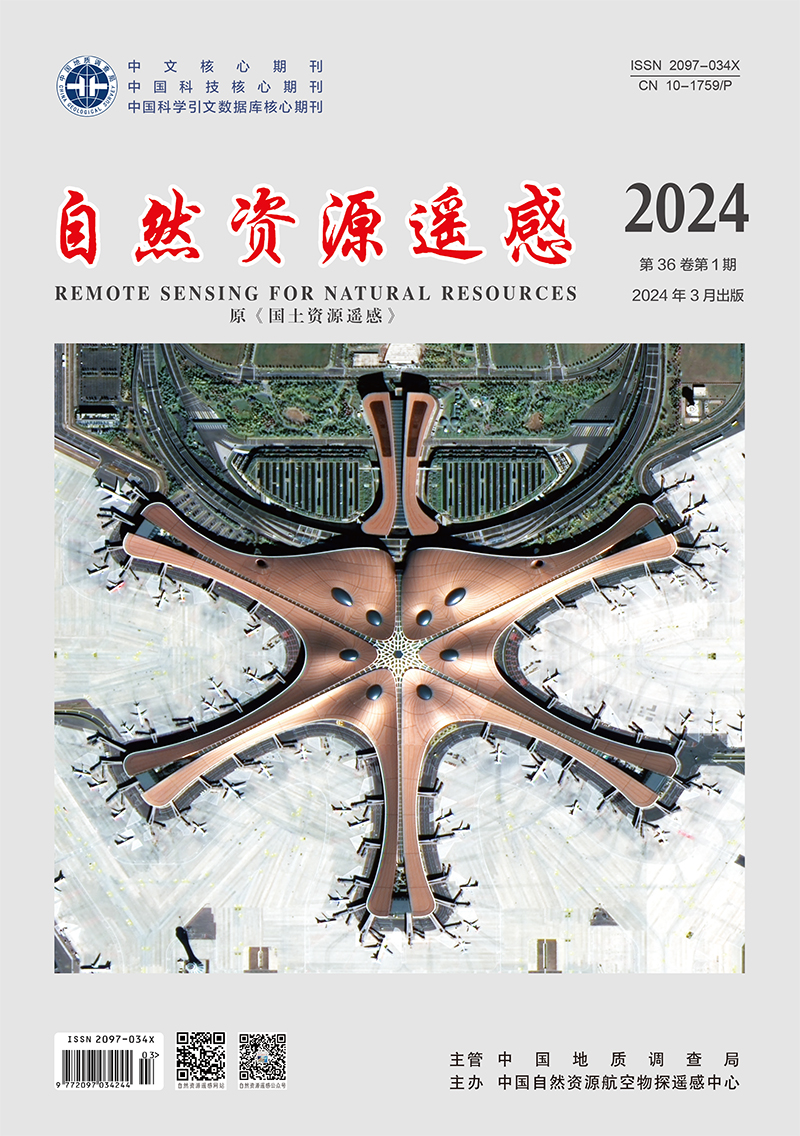LIU Meiyan, NIE Sheng, WANG Cheng, XI Xiaohuan, CHENG Feng, FENG Baokun. 2024. Forest stock volume inversion based on ICESat-2 and Sentinel-2A data. Remote Sensing for Natural Resources, 36(1): 210-216. doi: 10.6046/zrzyyg.2022478
| Citation: |
LIU Meiyan, NIE Sheng, WANG Cheng, XI Xiaohuan, CHENG Feng, FENG Baokun. 2024. Forest stock volume inversion based on ICESat-2 and Sentinel-2A data. Remote Sensing for Natural Resources, 36(1): 210-216. doi: 10.6046/zrzyyg.2022478
|
Forest stock volume inversion based on ICESat-2 and Sentinel-2A data
-
1. Faculty of Geography, Yunnan Normal University, Kunming 650500, China
-
;2. Key Laboratory of Digital Earth Sciences, Aerospace Information Research Institute, Chinese Academy of Sciences, Beijing 100094, China
-
Abstract
Forest stock volume (FSV), a critical indicator in forestry surveys, plays a significant role in evaluating the health and carbon sequestration capacity of forests. Cooperative inversion using active and passive remote sensing data is an essential method for FSV inversion of large areas. Focusing on forests in Shangri-La, Yunnan Province, this study extracted feature variables from ICESat-2/ATLAS and Sentinel-2A images and then screened them through correlation analysis and collinearity diagnostics. Using the selected feature variables, this study constructed a Sentinel-2A variable set, an ICESat-2/ATLAS variable set, and a combined variable set. Based on the measured data of sample sites and the three feature variable sets, this study built linear and nonlinear regression models for FSV inversion using stepwise linear regression and the random forest method, respectively. Finally, this study performed accuracy verification and comparative analysis of the results: ① For the three variable sets, the random forest method yielded higher accuracy than the stepwise linear regression; ② The ICESat-2/ATLAS variable set exhibited higher inversion accuracy than the Sentinel-2A variable set under both regression methods; ③ Combining Sentinel-2A and ICESat-2/ATLAS variable sets, the random forest method yielded the highest inversion accuracy, with its coefficient of determination (R2), root mean square error (RMSE), and relative root mean square error (rRMSE) of 0.7034, 84.78 m3/hm2, and 36.46%, respectively. Overall, compared to Sentinel-2A data, the inversion models based on ICESat-2/ATLAS data and multi-source remote sensing data can effectively improve the accuracy of FSV inversion and model stability.
-

-
-
Access History







 DownLoad:
DownLoad: